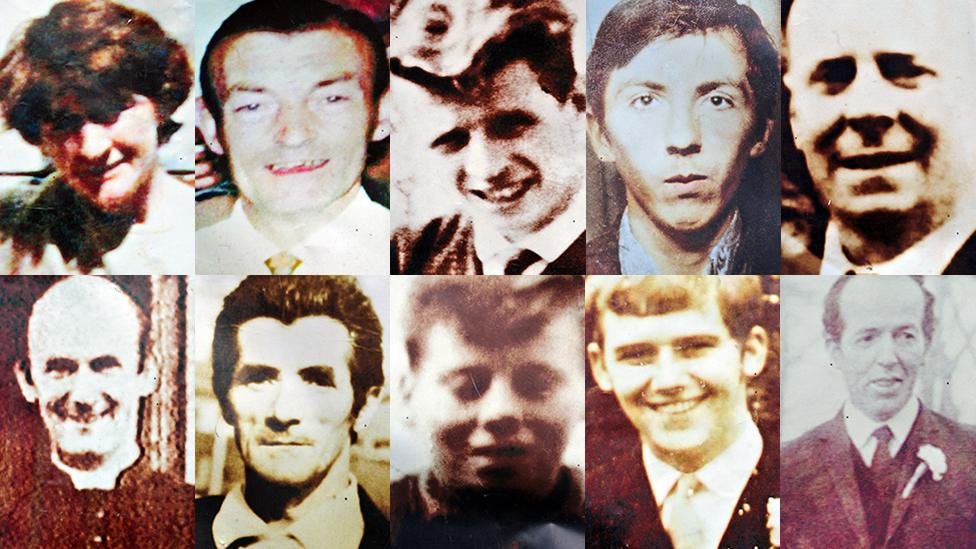Ballymurphy paratroopers 'showed great restraint'
- Published
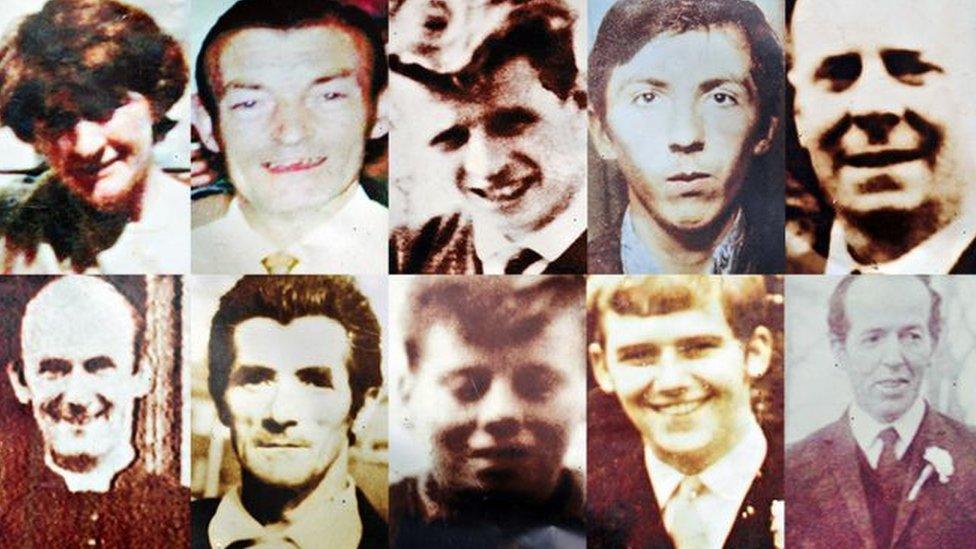
An inquest is examining the deaths of 10 people killed in shootings at Ballymurphy in August 1971
A former paratrooper has told the Ballymurphy inquest that soldiers showed "great restraint" during prolonged rioting on 9 August 1971.
The inquest is examining the deaths of 10 people in west Belfast.
M506, who originally comes from Northern Ireland, was a private in B Company 2 Para, during the introduction of internment.
Local people had protested outside the Henry Taggart base for most of the day about the arrest of men in the area.
Later, six people in the immediate area were fatally shot.
M506 said he had observed rioting from a viewpoint at his billet at Vere Foster school.
He said that for 16 hours soldiers had enduring rioting and "great provocation" without firing their weapons.
He added that he believed that no gunfire would have come from the Henry Taggart base if shooting had not started from elsewhere towards the base.
"Paras weren't as bad as people make out." he said, adding: "The guys didn't come here on a killing mission."
He added that quite a lot of the soldiers were married to local women and therefore showed restraint.
M506 said gunfire started from the Springmartin area, and then from Ballymurphy.
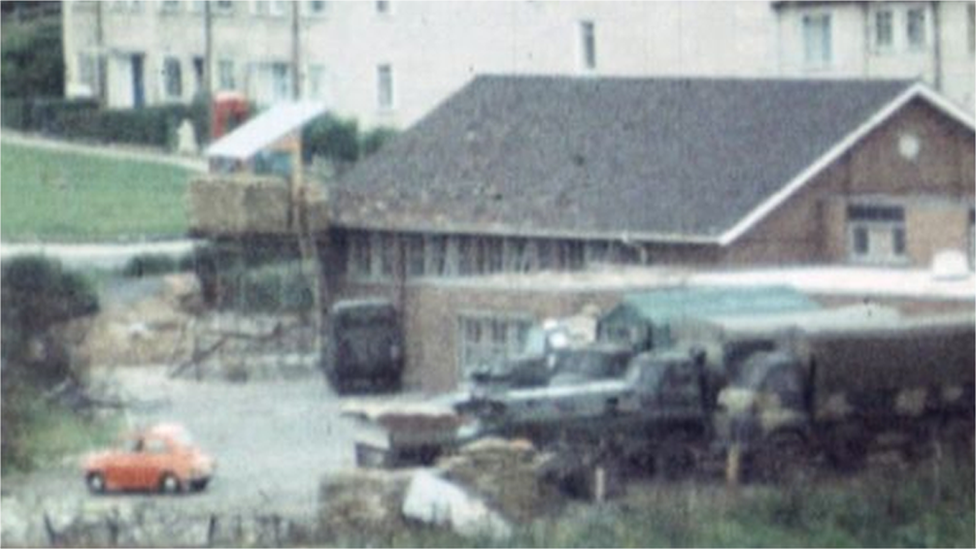
Soldiers from the Parachute Regiment were based at Henry Taggart Army base
One bullet came in the window of the Vere Foster school and missed him, he said.
Later, when M506 was ordered down to Henry Taggart Hall after the gunfire had begun, he saw three to four soldiers standing on benches in firing positions at the high windows.
He thought some of them had fired their weapons.
He later heard a major, M45, calling for a ceasefire on a loud hailer as he stood outside the hall.
M506 said he was later sent to a sangar on the roof of the Vere Foster school during the hours of darkness.
Although there was gunfire in the area, he said he did not fire his weapon from the sangar that night and had not been ordered to.
M506's evidence was adjourned until a later date.
'A good man'
Later, the inquest heard statements that Fr Hugh Mullan, who was killed in the shootings, had been "a good man" who had "tried hard to suppress trouble in the area".
They came from soldier M12, a former colonel who had been in charge of 2 Para Support Company in August 1971.
He said he knew Fr Mullan well and that the priest stood out in his memory.
Support Company had been based at Paisley Park and its area of operations included Springmartin and Springfield Park.
Fr Mullan, who was 38, died alongside 19-year-old Frank Quinn on waste ground beside Springfield Park on 9 August 1971.
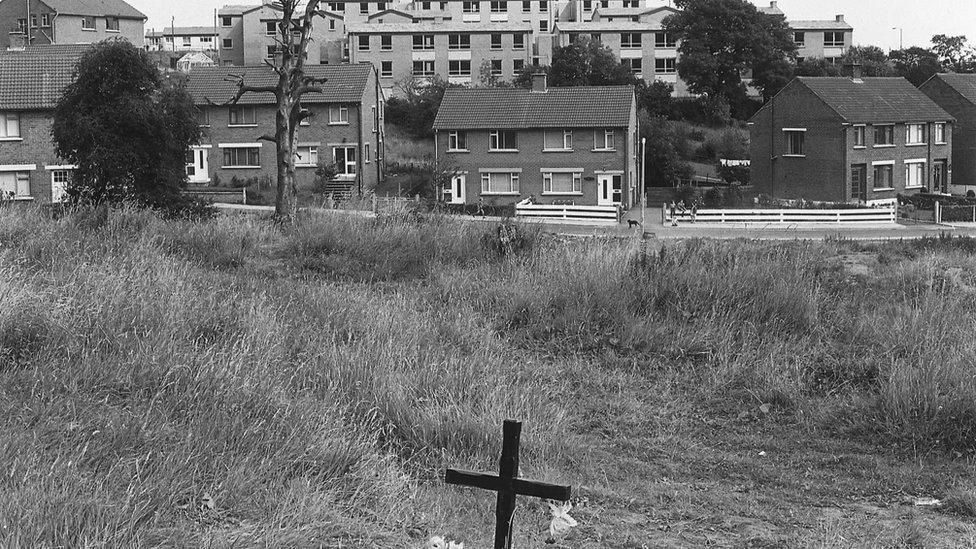
The 1971 shootings took place during the introduction of internment without trial
M12 said he had no memory of how Fr Mullan had died and said he had been unaware of it until approached by the inquest.
He did not remember any warnings that the priest had been going to help a man on the waste ground where he was later shot dead.
There has been evidence that a local Army base had been informed in the hope that soldiers would not fire.
M12 was excused attending to give oral evidence by the coroner, and the court heard that in 2017 he was diagnosed with "mild Alzheimer's type dementia".
He recalled a gun battle between his soldiers and gunmen in flats, but could add little other detail to that recollection.
A statement about the incident was taken in 1972 from an officer known as "Soldier D", and whilst M12 thought it was possible he might be Soldier D, he could not remember making the statement or many of the details contained within it.
Ministry of Defence representatives have told the current inquest that it has not been possible to confirm the identities of any of the soldiers who gave statements in 1972.
- Published8 May 2019
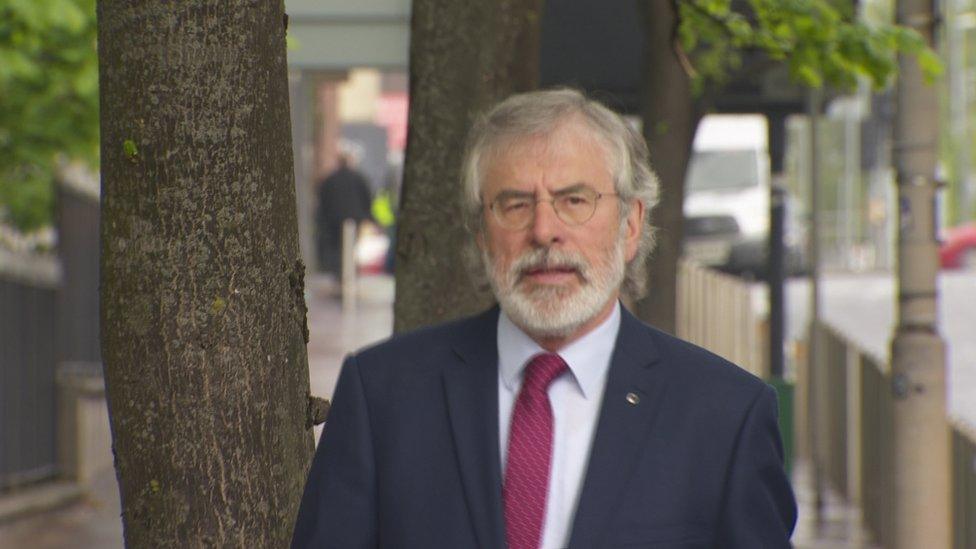
- Published7 May 2019

- Published11 May 2021
